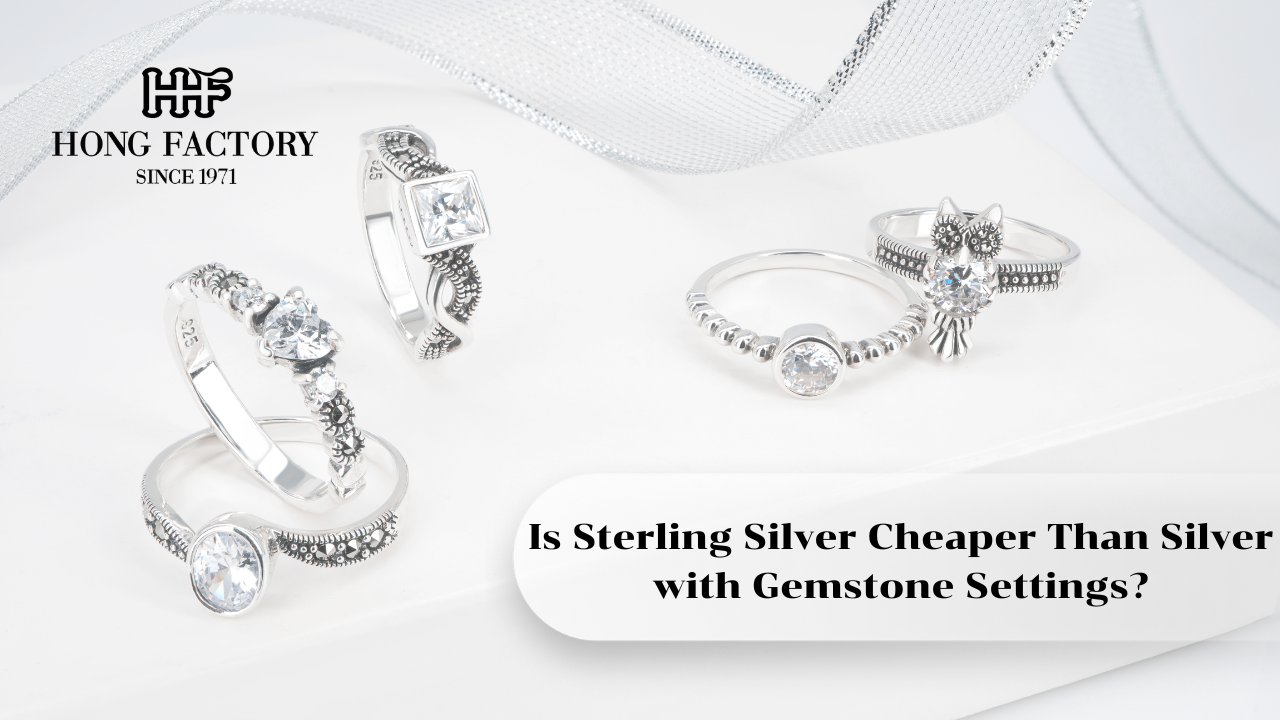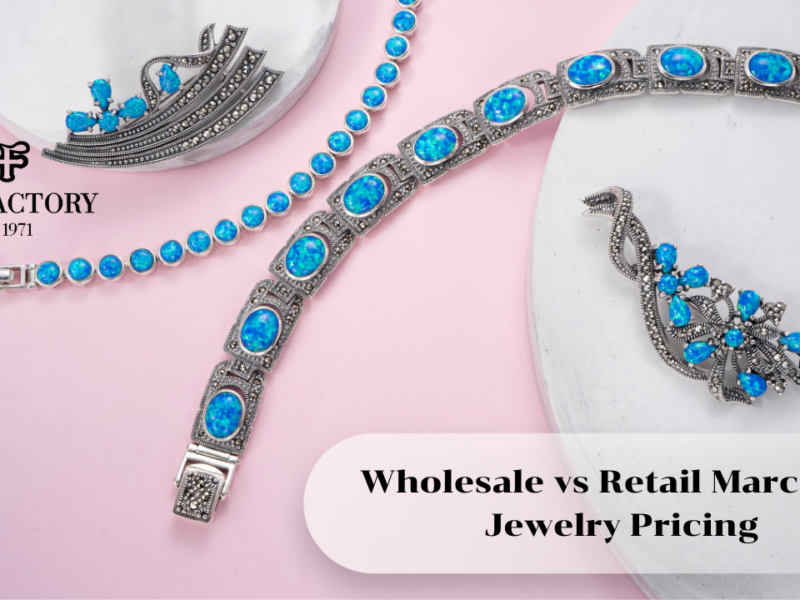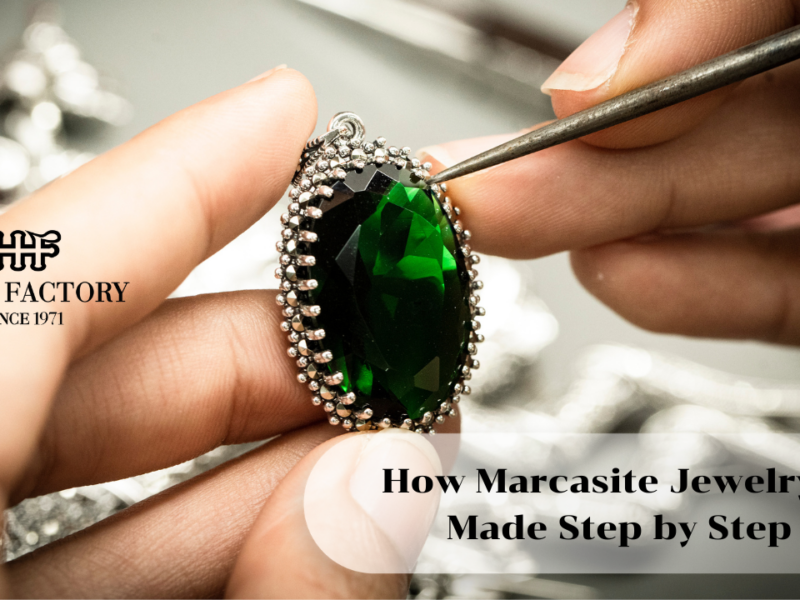Silver has always been a beloved metal in the world of fine jewelry. Its reflective shine, affordability, and ability to complement gemstones make it a timeless favorite among jewelers and buyers alike. However, when gemstones come into play, the choice of metal becomes more significant. Many wonder whether sterling silver is cheaper than pure silver when used in jewelry with gemstone settings. The answer lies in understanding how the metals differ in composition, strength, and value and how those differences impact gemstone jewelry production. Marcasite stone
Understanding Sterling Silver and Fine Silver
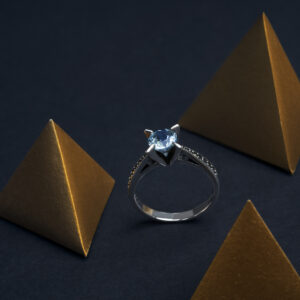
Before comparing costs, it’s important to know the distinction between sterling silver and fine silver. Fine silver is 99.9% pure silver soft, ductile, and beautifully lustrous. Because of its softness, however, it’s rarely used for setting gemstones, as it can easily bend or scratch under pressure.
Sterling silver, by contrast, is composed of 92.5% silver and 7.5% copper or other strengthening metals. This alloy makes sterling silver harder and more durable, ensuring that gemstone settings stay firm over time. The combination of strength and elegance is what makes sterling silver the industry standard for gemstone jewelry.
Is Sterling Silver Cheaper for Gemstone Settings?
So, Is Sterling Silver Cheaper than pure silver for jewelry with gemstone settings? The answer is yes, and it’s not just because of the alloy composition. Sterling silver is less pure, which lowers its base material cost, but it’s also cheaper to work with. Its structural stability allows jewelers to set gemstones more efficiently, minimizing material waste and labor costs.
In contrast, fine silver, while more valuable in terms of purity, is difficult to manipulate. Jewelers must handle it with extreme care during setting, which increases production time and cost. As a result, sterling silver remains the more economical choice for gemstone jewelry both in wholesale manufacturing and retail markets.
Why Jewelers Prefer Sterling Silver for Gemstone Jewelry
- Durability and Security: Gemstone settings require a strong metal to hold stones securely. Sterling silver provides the necessary hardness to prevent prongs or bezels from warping or loosening.
- Affordability: Since sterling silver costs less per gram than fine silver, it reduces overall production costs especially important for jewelry with multiple stones.
- Ease of Customization: Sterling silver can be easily molded, engraved, and polished, allowing jewelers to craft intricate designs and adjust settings precisely.
- Polished Aesthetic: When plated with rhodium or polished to a mirror finish, sterling silver offers the same visual brilliance as fine silver, platinum, or white gold.
For these reasons, most gemstone jewelry on the market today from cubic zirconia earrings to diamond engagement rings is made using sterling silver rather than fine silver.
Fine Silver in Gemstone Jewelry: A Niche Material
Fine silver, while prized for its purity, plays a niche role in gemstone jewelry. It’s typically reserved for collectible, artisanal, or ceremonial pieces where craftsmanship and purity matter more than practicality. Because of its softness, fine silver is more likely to deform, especially in jewelry featuring larger or heavier stones. Jewelers who use fine silver often reinforce the metal with thicker bezels or decorative frames, which increases both material use and cost.
This is why fine silver jewelry is usually priced higher but is less common for everyday wear or gemstone-rich designs.
Cost and Value Comparison
In terms of base metal price, fine silver naturally costs more because of its purity. However, jewelry pricing isn’t just about raw material it also involves manufacturing efficiency. Sterling silver’s lower melting point and greater strength make it easier to cast, shape, and set, reducing overall production expenses.
For example, a sterling silver ring with gemstone inlays can be produced more affordably and consistently, while the same design in fine silver would be costlier to fabricate and less durable. Therefore, jewelers and wholesalers often choose sterling silver for gemstone settings to maximize both quality and cost efficiency.
The Durability Factor in Gemstone Settings
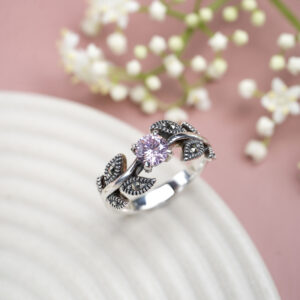
Durability plays a crucial role in gemstone jewelry. Engagement rings, pendants, and earrings endure regular wear and occasional impact. Sterling silver’s copper content reinforces the structure, preventing bending or cracking. Fine silver, on the other hand, lacks this reinforcement, making it unsuitable for securing gemstones that might loosen over time.
Additionally, sterling silver’s stronger structure allows for thinner, more refined settings without compromising integrity a feature prized by designers who want delicate yet secure gemstone jewelry.
Tarnish Resistance and Maintenance
A common concern with silver jewelry is tarnish. Fine silver tarnishes less because it contains no copper, but its softness means it requires more careful handling. Sterling silver, while more prone to tarnishing, can be protected with rhodium plating or anti-tarnish coatings. With minimal maintenance, sterling silver gemstone jewelry retains its shine and brilliance for years.
For gemstone jewelry that’s worn often, the practical benefits of sterling silver far outweigh the minimal maintenance it requires.
Sterling Silver in Modern Gemstone Jewelry Trends
The popularity of sterling silver in the gemstone jewelry market has grown significantly in recent years. Modern consumers value affordability, versatility, and sustainability all qualities that sterling silver offers. Many jewelers now use recycled sterling silver to create eco-friendly collections set with gemstones such as topaz, amethyst, garnet, and cubic zirconia.
The combination of affordability and high visual appeal makes sterling silver gemstone jewelry accessible to a wide range of customers from casual buyers to luxury collectors.
The Perfect Balance of Cost and Craftsmanship
So, Is Sterling Silver Cheaper Than Silver with Gemstone Settings? Absolutely. Sterling silver provides the ideal balance of price, durability, and aesthetics that gemstone jewelry demands. While fine silver has a higher intrinsic value, it lacks the practicality required for secure and lasting gemstone settings.
For both jewelers and consumers, sterling silver remains the smart choice offering the look of luxury, the strength for everyday wear, and the affordability that makes gemstone jewelry accessible to all. In the world of fine craftsmanship, it continues to shine as the perfect harmony of beauty, function, and value.
